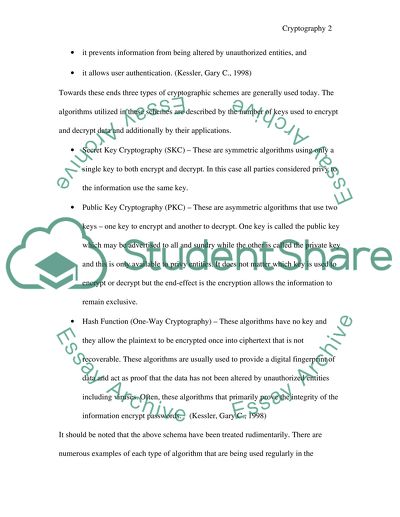Cite this document
(“Information Theory and Cryptography Essay Example | Topics and Well Written Essays - 2750 words”, n.d.)
Information Theory and Cryptography Essay Example | Topics and Well Written Essays - 2750 words. Retrieved from https://studentshare.org/technology/1522684-information-theory-and-cryptography
Information Theory and Cryptography Essay Example | Topics and Well Written Essays - 2750 words. Retrieved from https://studentshare.org/technology/1522684-information-theory-and-cryptography
(Information Theory and Cryptography Essay Example | Topics and Well Written Essays - 2750 Words)
Information Theory and Cryptography Essay Example | Topics and Well Written Essays - 2750 Words. https://studentshare.org/technology/1522684-information-theory-and-cryptography.
Information Theory and Cryptography Essay Example | Topics and Well Written Essays - 2750 Words. https://studentshare.org/technology/1522684-information-theory-and-cryptography.
“Information Theory and Cryptography Essay Example | Topics and Well Written Essays - 2750 Words”, n.d. https://studentshare.org/technology/1522684-information-theory-and-cryptography.


